Why Bluegill Is the Underrated King of Panfish
In the world of sport fishing, certain species like bass and trout often steal the spotlight, leaving the humble bluegill swimming in their shadows. Yet, among those who truly know the joys of panfishing, the bluegill (Lepomis macrochirus) stands as an unsung hero—a fish that offers accessibility, abundance, challenging fights, and delicious meals. Whether you’re an experienced angler or someone just learning to bait a hook, the bluegill deserves recognition as perhaps the most rewarding panfish species in North American waters. This vibrant sunfish family member may not make headlines like its larger cousins, but it has quietly earned the crown as the true king of panfish through its widespread availability, year-round catchability, and the pure joy it brings to fishing enthusiasts of all ages.
The Widespread Realm of Bluegill
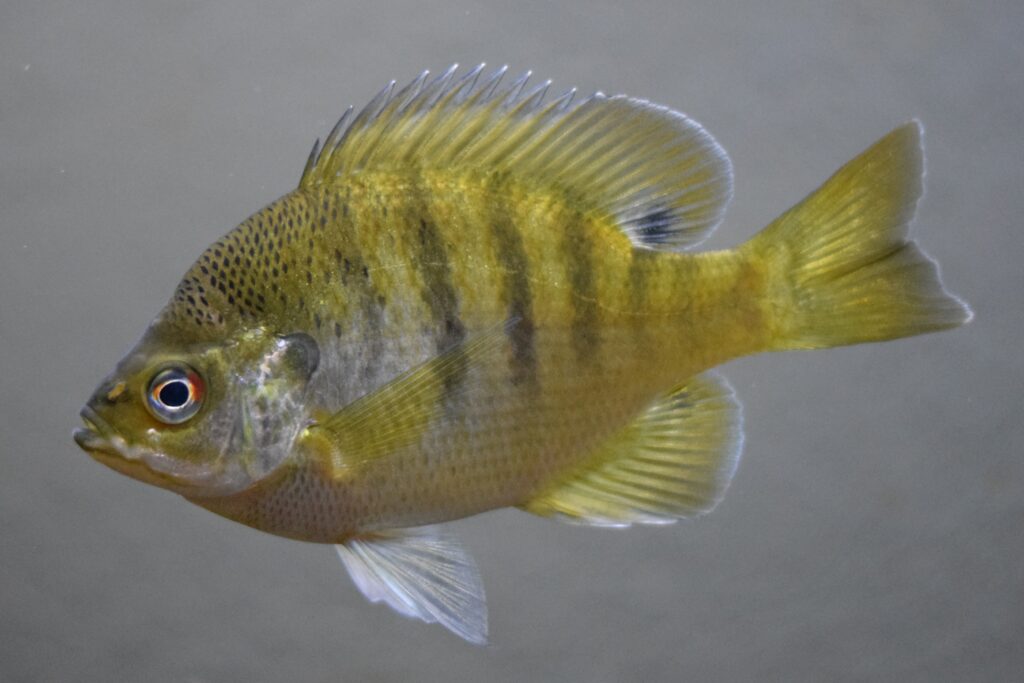
Bluegill can be found in almost every freshwater environment across the continental United States, making them one of the most accessible game fish for anglers. They thrive in farm ponds, lakes, reservoirs, slow-moving streams, and even in the backwaters of rivers. This remarkable adaptability has allowed bluegill to establish populations in all 48 contiguous states, having been introduced to waters well beyond their native range in the eastern and central United States. Their prolific nature means that even in heavily fished waters, bluegill populations remain robust and self-sustaining. For many anglers, especially those without boats or expensive gear, the ubiquity of bluegill means that quality fishing opportunities are often just a short drive away.
A Visual Delight: The Bluegill’s Appearance
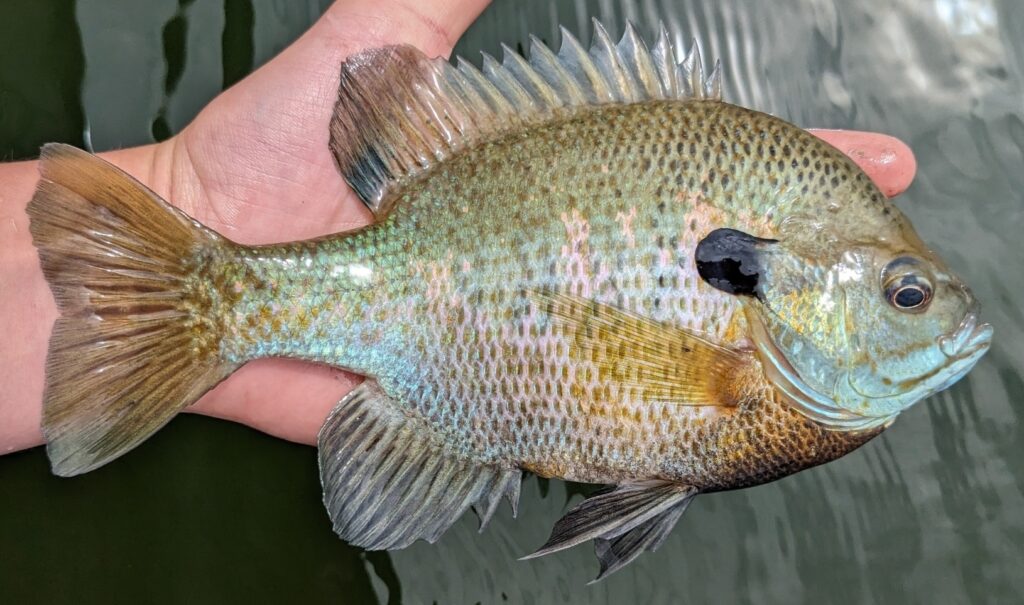
The bluegill earns its royal status partly through its striking appearance, which features a distinctive blend of colors that can rival tropical fish. Their bodies typically display olive-green to brown upper sections that transition to brassy sides, often showing vertical bars or patterns. The most characteristic feature is the dark blue or black “ear flap” extending from the gill cover, which gives the species its common name. During spawning season, male bluegills transform dramatically, developing intensely colorful breeding displays with deep blue gill flaps and bright orange to rusty-red breasts that glow almost fluorescently in clear water. This seasonal transformation, combined with their naturally round, compressed body shape and small mouth, creates an unmistakable profile that even novice anglers can quickly learn to identify.
Year-Round Fishing Opportunities

Unlike many game fish species that become difficult to catch during certain seasons, bluegill offer fishing opportunities throughout the entire year. In spring, they move to shallow waters to spawn, creating visible circular nests that can contain dozens of aggressive, territorial males. Summer finds them relating to weed edges and structure in predictable patterns, while fall brings schooling behavior as they feed heavily before winter. Even during the coldest months, ice anglers target concentrations of bluegill suspended in deeper water, often catching their largest specimens of the year. This consistent availability means anglers can develop and refine bluegill-specific techniques across seasons, learning how these fish respond to changing conditions and becoming better overall anglers in the process.
Perfect for Young and Novice Anglers

Perhaps no fish species has introduced more people to the joys of fishing than the bluegill. Their aggressive feeding behavior, especially during spawning seasons, means even the most inexperienced anglers can experience the thrill of catching fish. For children, the instant gratification of feeling a bluegill strike can create lasting memories and spark lifelong fishing passions. The relatively small size of bluegill makes them manageable for young anglers to reel in and handle safely, building confidence without overwhelming them. Many professional anglers and fishing guides credit their early bluegill-catching experiences as formative moments that developed their love for the sport, making these panfish valuable not just as targets but as teachers for the next generation of conservation-minded sportspeople.
Surprising Fighting Ability

Don’t let their modest size fool you—bluegill fight with remarkable determination and strength relative to their weight. When hooked, especially larger specimens exceeding 8 inches, bluegill use their laterally compressed bodies to turn broadside against the pressure, creating substantial resistance that can make them feel twice their actual size. Their powerful, rapid runs often include sudden directional changes and desperate dives toward structure or weeds. Using ultralight tackle amplifies this experience, turning what might seem like a modest catch into a genuinely thrilling battle. Many experienced anglers who have targeted trophy species around the world still maintain special appreciation for the pound-for-pound fighting spirit of bluegill, comparing their tenacity favorably against much larger gamefish.
Culinary Excellence on the Plate
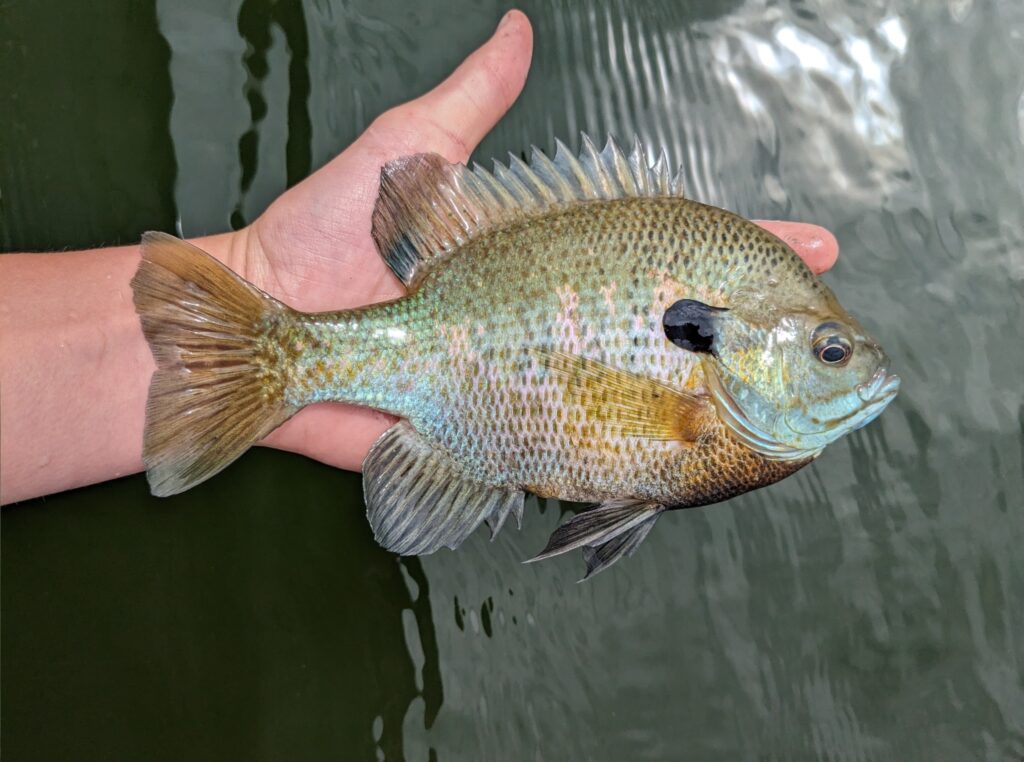
The bluegill’s firm, white flesh ranks among the most delicious of all freshwater fish, earning it high praise from anglers and chefs alike. The mild, slightly sweet flavor carries no muddy undertones that sometimes affect other species, making bluegill fillets appealing even to those who typically don’t enjoy fish. Their meat has an ideal flaky texture that works exceptionally well for a variety of cooking methods, from classic deep frying to more sophisticated preparations like pan-searing with herbs. The only drawback to their culinary appeal is the relatively small yield per fish, though this is easily overcome by catching multiple specimens—a task rarely difficult given their abundance. Properly cleaned and prepared bluegill have converted countless fish skeptics into enthusiastic seafood consumers.
Trophy Potential: The Elusive “Bull” Bluegill
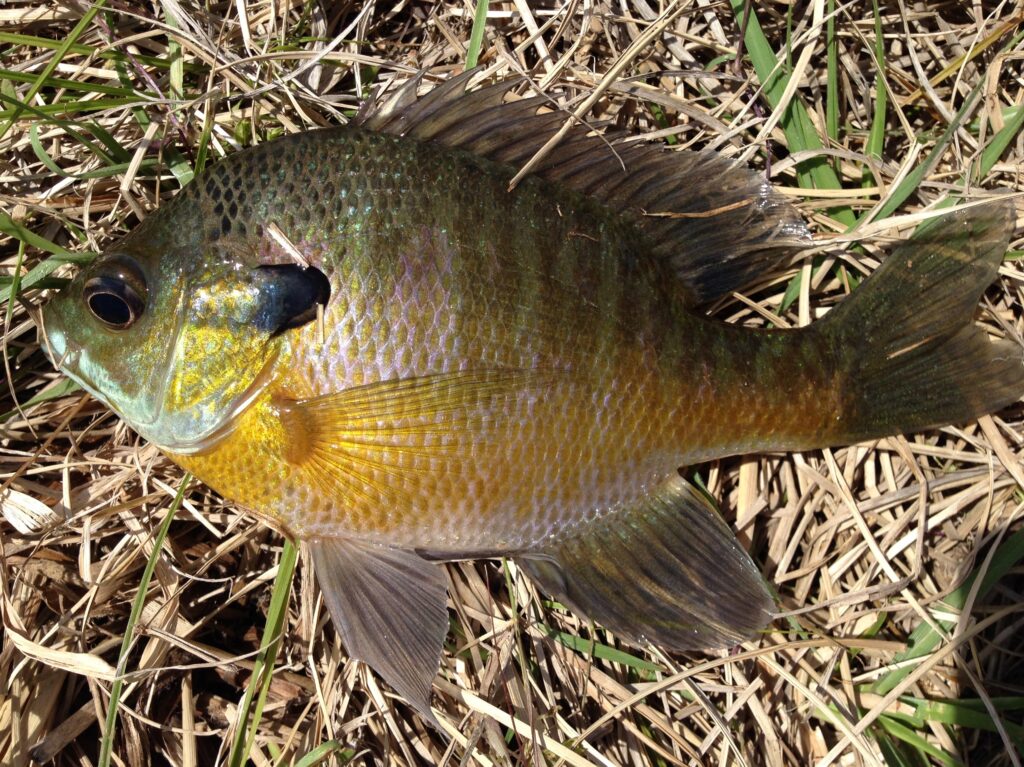
While average bluegill typically measure 6-8 inches, trophy specimens—often called “bull” bluegill—can reach sizes that surprise even veteran anglers. Fish exceeding 10 inches are considered noteworthy achievements, while those approaching or surpassing 12 inches represent truly exceptional catches worthy of mounting. These larger specimens often develop distinctly different feeding patterns and habitat preferences from their smaller counterparts, becoming more solitary and structure-oriented. The current IGFA all-tackle world record stands at 4 pounds 12 ounces, caught in Alabama in 1950—a fish of truly legendary proportions that demonstrates the species’ remarkable growth potential under optimal conditions. The pursuit of trophy bluegill has spawned specialized techniques and tackle configurations, with dedicated anglers spending years perfecting their approaches to consistently catch these exceptional fish.
Fascinating Reproductive Behavior

Bluegill exhibit some of the most interesting spawning behaviors of any North American freshwater fish, creating a spectacle that rewards observant anglers and naturalists alike. During late spring and early summer, male bluegill use their tails to sweep out circular depressions in shallow water, creating distinctive nests that are often clustered together in large colonies that can contain hundreds of individual spawning sites. The males then guard these nests aggressively, attacking anything that approaches—a behavior that makes them particularly vulnerable to anglers during this period. Interestingly, some male bluegill employ an alternative reproductive strategy where they mimic females to sneak fertilizations in other males’ nests without the energy expenditure of nest-building and defense. This complex social and reproductive behavior makes bluegill fascinating subjects for both casual observation and serious scientific study.
Simple Yet Versatile Fishing Approaches

The accessibility of bluegill fishing extends to the simplicity of tackle and techniques required to catch them successfully. A basic setup consisting of a light rod, small hook, split shot, and bobber paired with live bait like worms or crickets remains devastatingly effective and has changed little in generations. Yet for those seeking greater challenges, bluegill readily respond to more advanced presentations including tiny jigs, flies, and micro-sized artificial lures that test an angler’s casting accuracy and retrieve skills. This versatility means bluegill fishing can grow in complexity alongside an angler’s developing skills, remaining engaging from childhood through retirement. Whether fished from shore, dock, canoe, or expensive bass boat, bluegill provide consistent action while rewarding refinements in technique that transfer to pursuing other species.
Ecological Importance in the Food Web
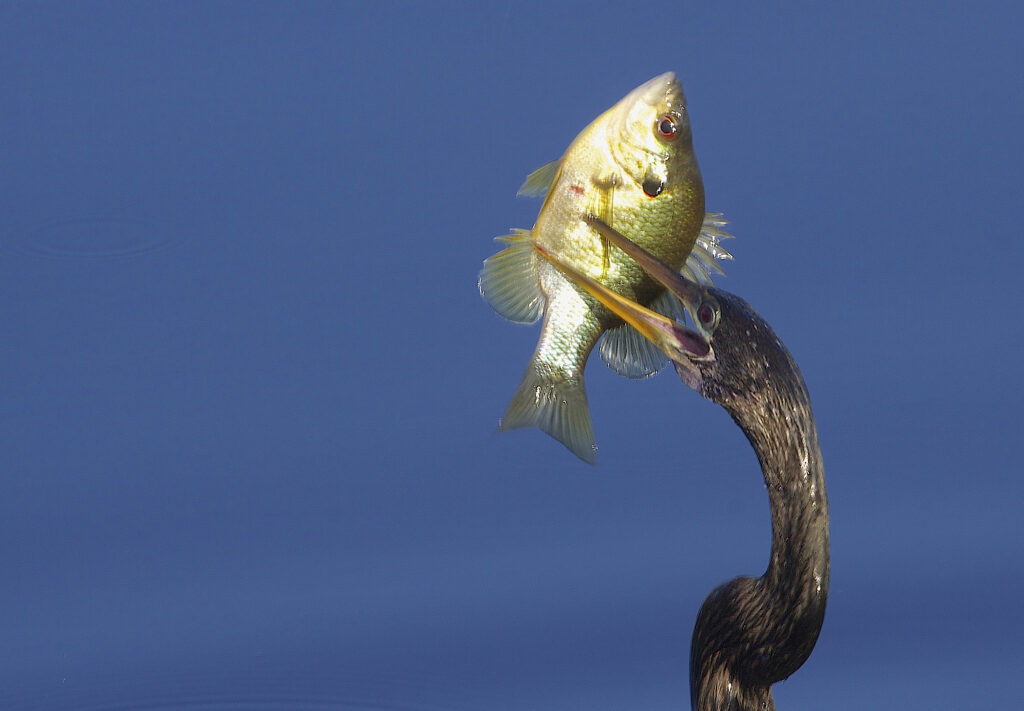
Beyond their recreational value, bluegill serve crucial ecological functions within freshwater ecosystems. As primarily insectivorous fish, they help control populations of mosquitoes and other aquatic insects, contributing to both water quality and human comfort around lakes and ponds. Juvenile bluegill constitute an essential food source for larger predatory fish including bass, pike, and walleye, making them integral to the development of healthy game fish populations. Their prolific reproduction helps ensure consistent food availability for these predators while their foraging activities influence aquatic plant communities and nutrient cycling. Fisheries biologists often monitor bluegill populations as indicators of overall ecosystem health, using their abundance, size structure, and condition as metrics that reflect broader environmental factors including water quality and habitat integrity.
Management Challenges and Conservation

Despite their abundance, bluegill populations require thoughtful management to maintain quality fishing opportunities. Their remarkable reproductive capacity can lead to overcrowding in some waters, resulting in stunted growth and populations dominated by small fish—a condition known as “bluegill stunting.” Progressive fisheries managers implement specific regulations including size limits, reduced bag limits, and in some cases, predator stocking to maintain balanced populations with good size structures. Conservation-minded anglers increasingly practice selective harvest, keeping moderate numbers of medium-sized bluegill for the table while releasing both the smallest specimens (to grow larger) and the largest individuals (to maintain prime spawning stock). This growing conservation ethic reflects recognition that even abundant species require stewardship to ensure quality fishing experiences for future generations.
Scientific Research Benefits

The bluegill’s adaptability, hardiness, and ubiquity have made it an invaluable species for scientific research across multiple disciplines. Toxicologists routinely use bluegill as test subjects to assess the effects of potential water pollutants, as their responses often indicate how contamination might affect broader aquatic communities. Behavioral ecologists study bluegill social structures and reproductive strategies to better understand evolutionary processes and adaptive behaviors. Fisheries scientists use bluegill population dynamics to develop and refine management models that help predict how various regulations might affect fishing quality. Even medical researchers have utilized bluegill in studies examining topics ranging from vision to immune system function, making these humble panfish significant contributors to scientific advancement far beyond their recreational importance.
The Enduring Cultural Legacy

For generations of Americans, bluegill have woven themselves into the cultural fabric of outdoor recreation in ways that transcend mere fishing. They feature prominently in cherished family stories of first catches, in paintings depicting idyllic summer days at the lake, and in countless photographs of proudly grinning children holding stringers of “sunnies.” Regional cooking traditions from fish fries to specialty preparations have developed around bluegill harvests, becoming important community gatherings in many rural areas. The bluegill’s role in introducing millions to fishing has created a multi-generational chain of outdoor traditions, with grandparents teaching grandchildren the same techniques they learned in their own youth. This cultural significance elevates the bluegill beyond its biological importance, making it a living symbol of accessible outdoor heritage that connects Americans across geographic and demographic boundaries.
The bluegill may never receive the glamorous magazine covers or television spotlight afforded to bass, trout, or saltwater giants, but its reign as the true king of panfish is secure in the hearts of those who appreciate fishing at its most fundamental level. From providing first-catch thrills to youngsters to challenging trophy hunters with selective patterns, bluegill deliver consistent pleasure to anglers while playing vital ecological roles in our waterways. Their abundance, fighting spirit, table quality, and year-round availability combine to create perhaps the most complete freshwater fishing experience available to North American anglers. As we celebrate more prestigious species, let’s not forget to honor the humble bluegill—the underrated monarch that has introduced more people to the joys of fishing than perhaps any other fish swimming in our waters.
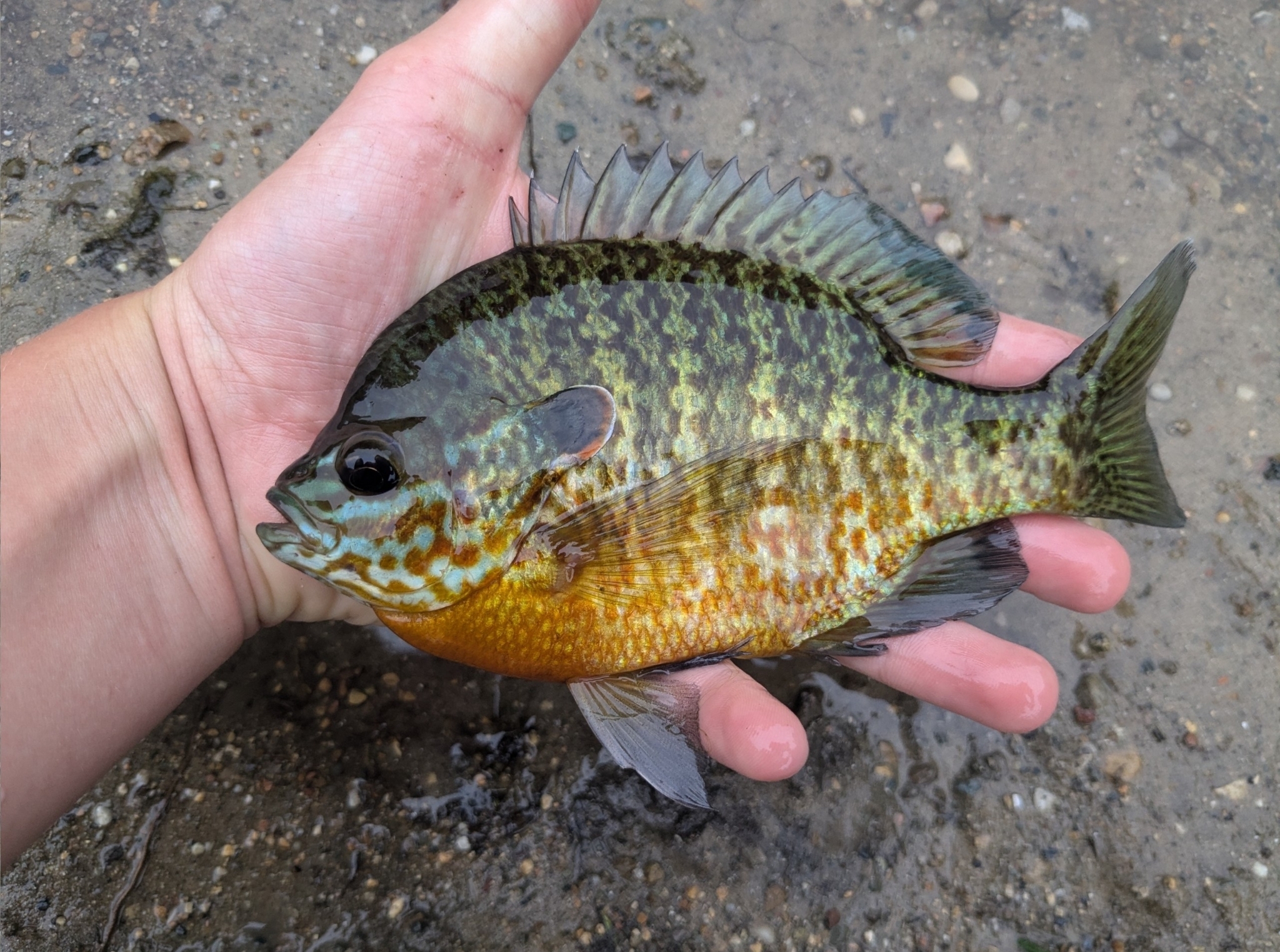
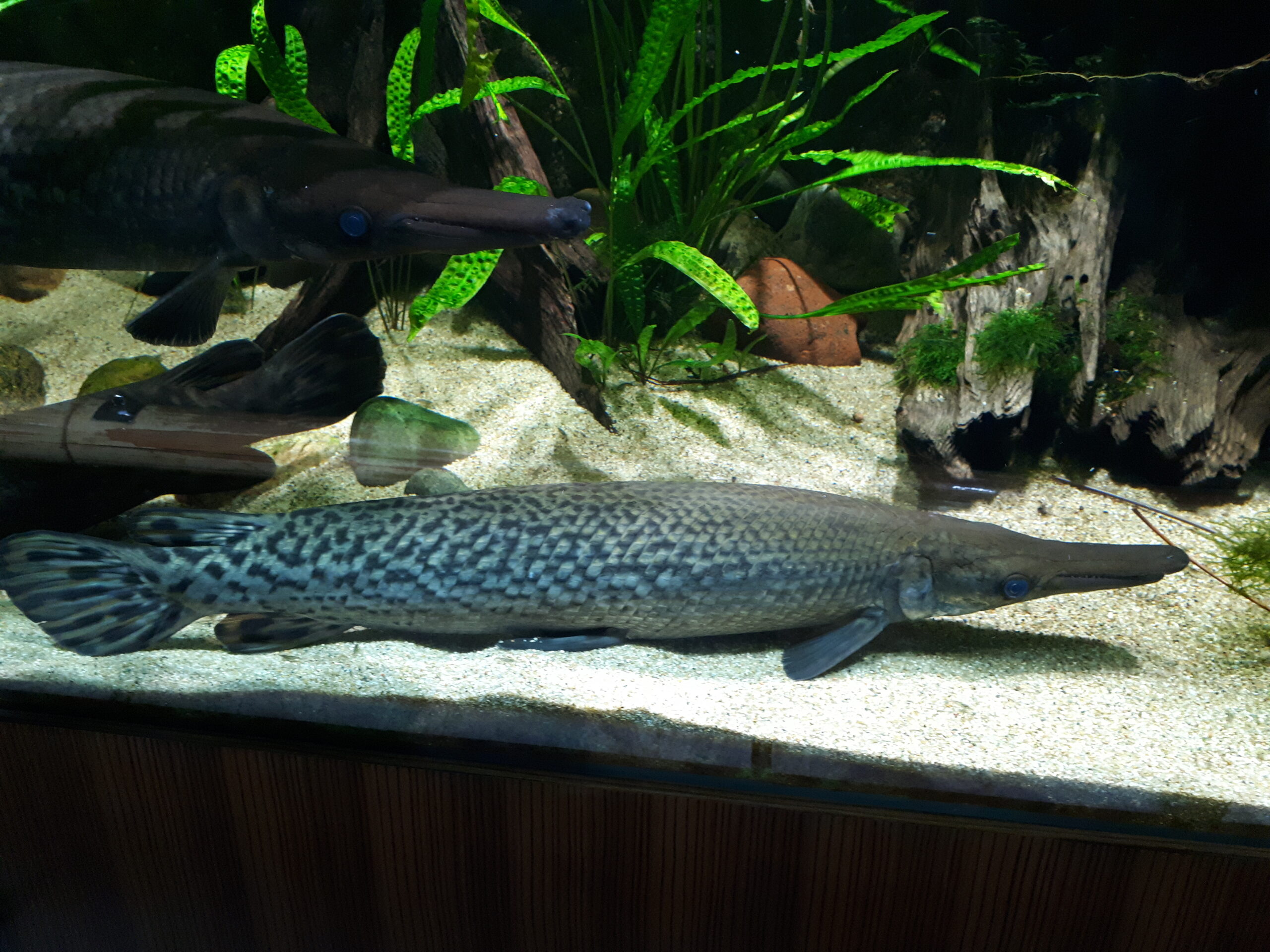
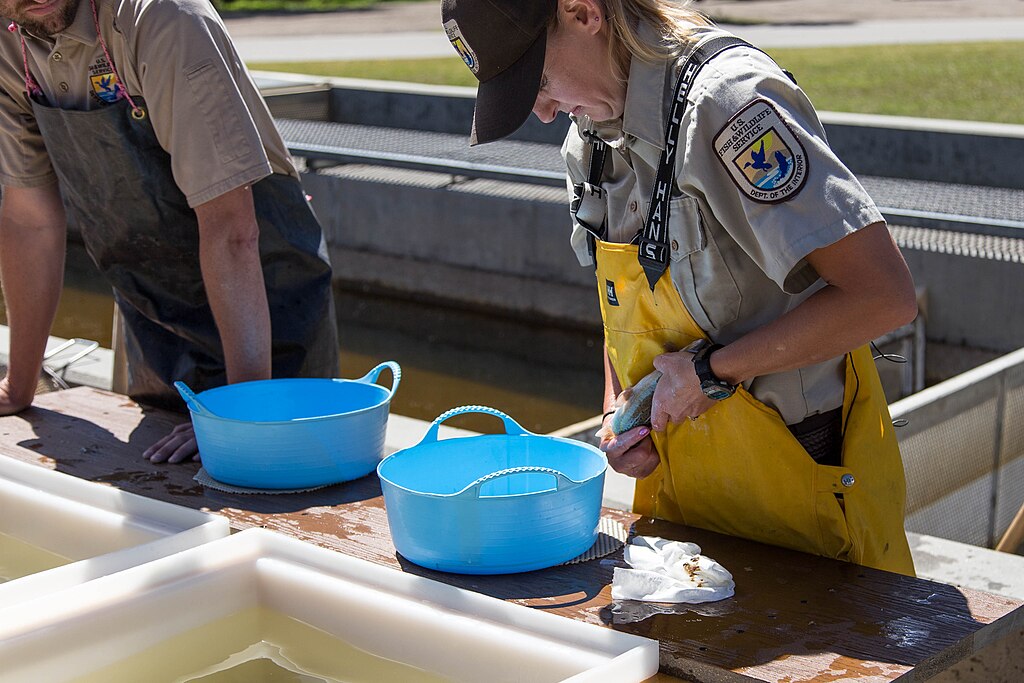
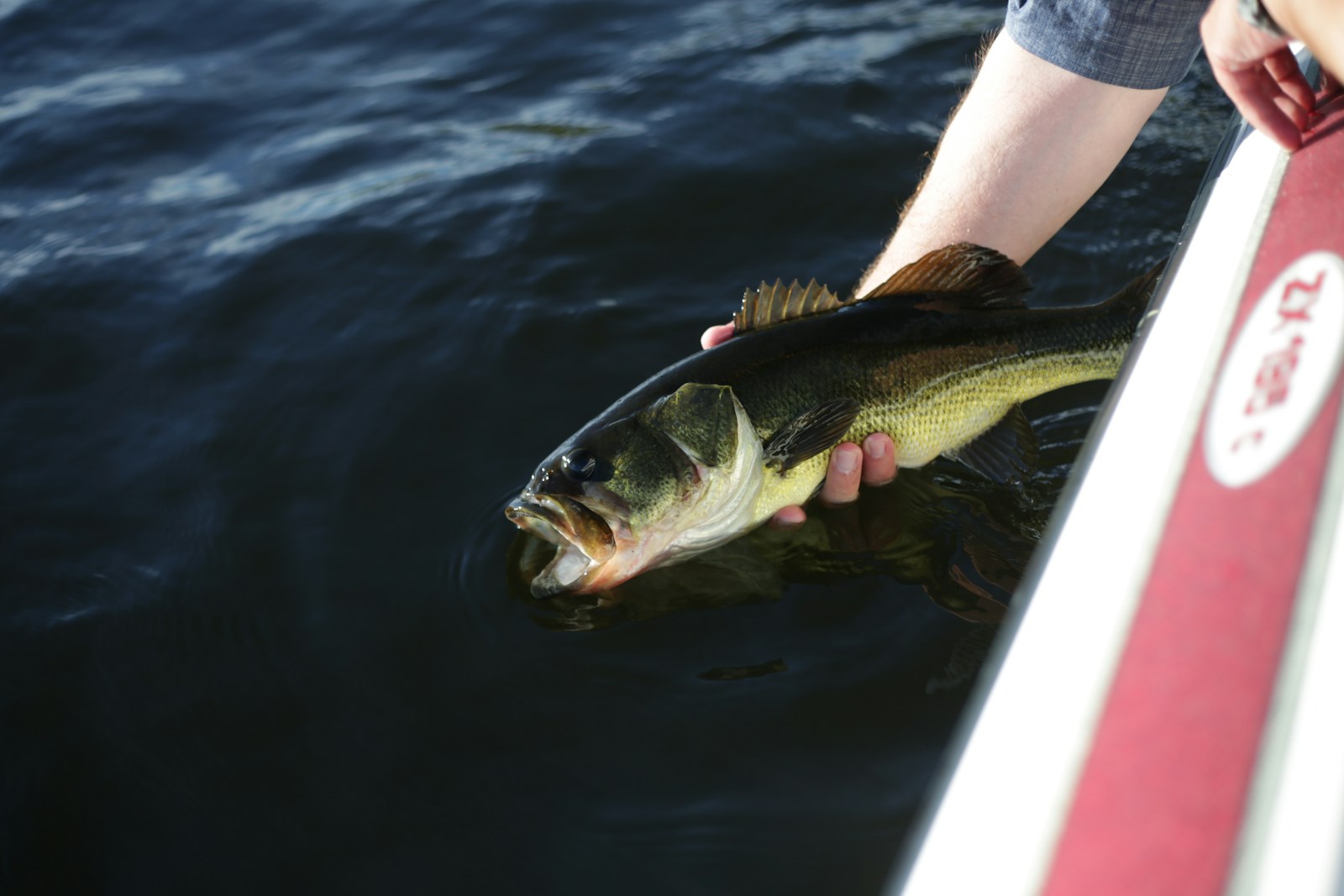










Post Comment